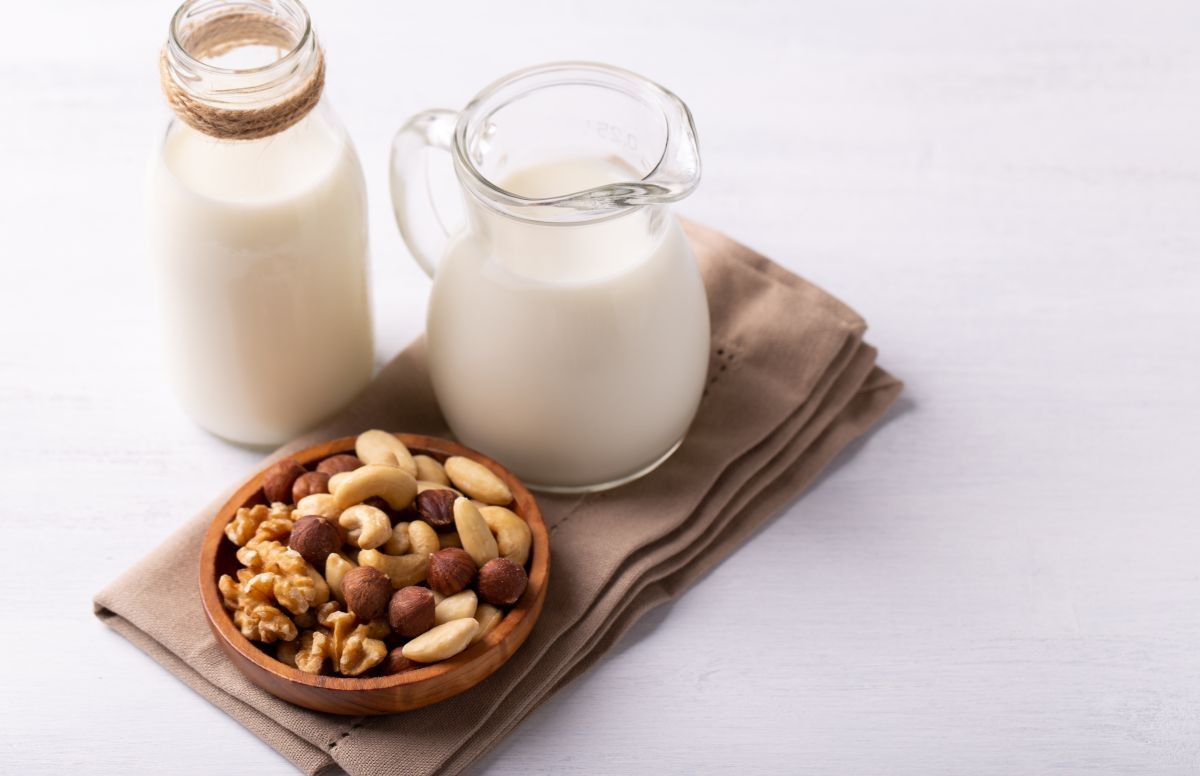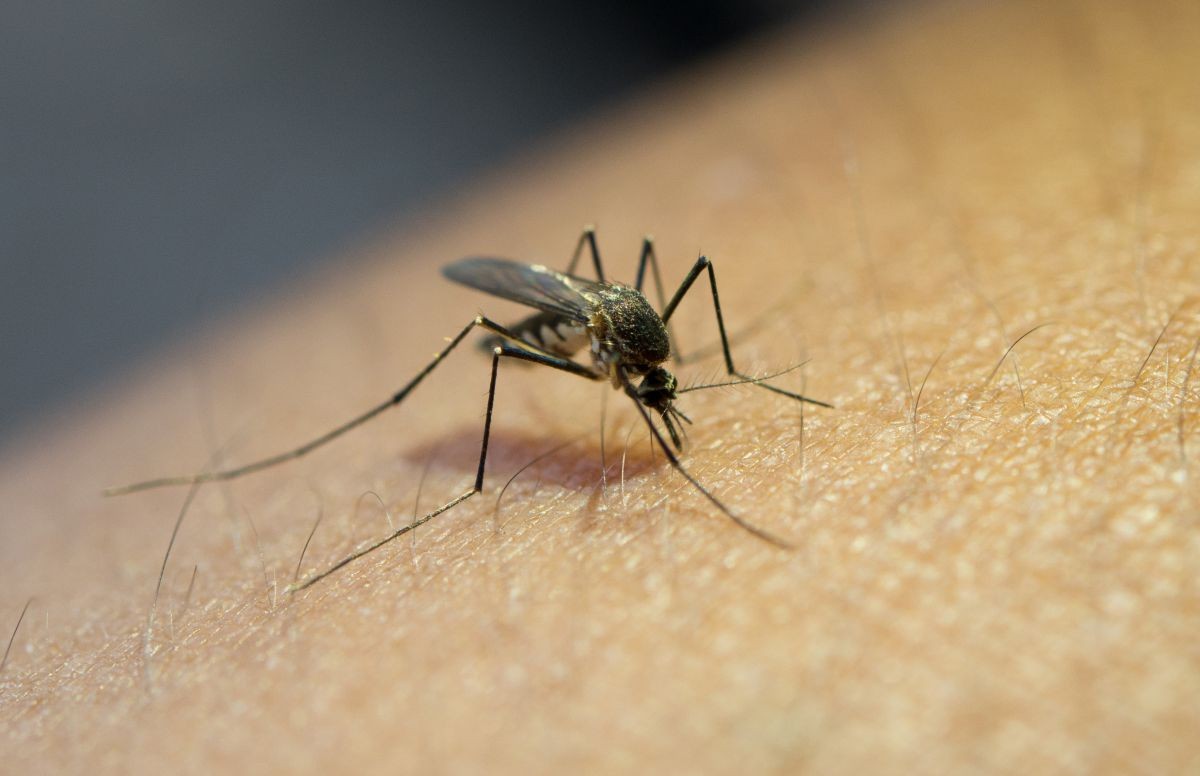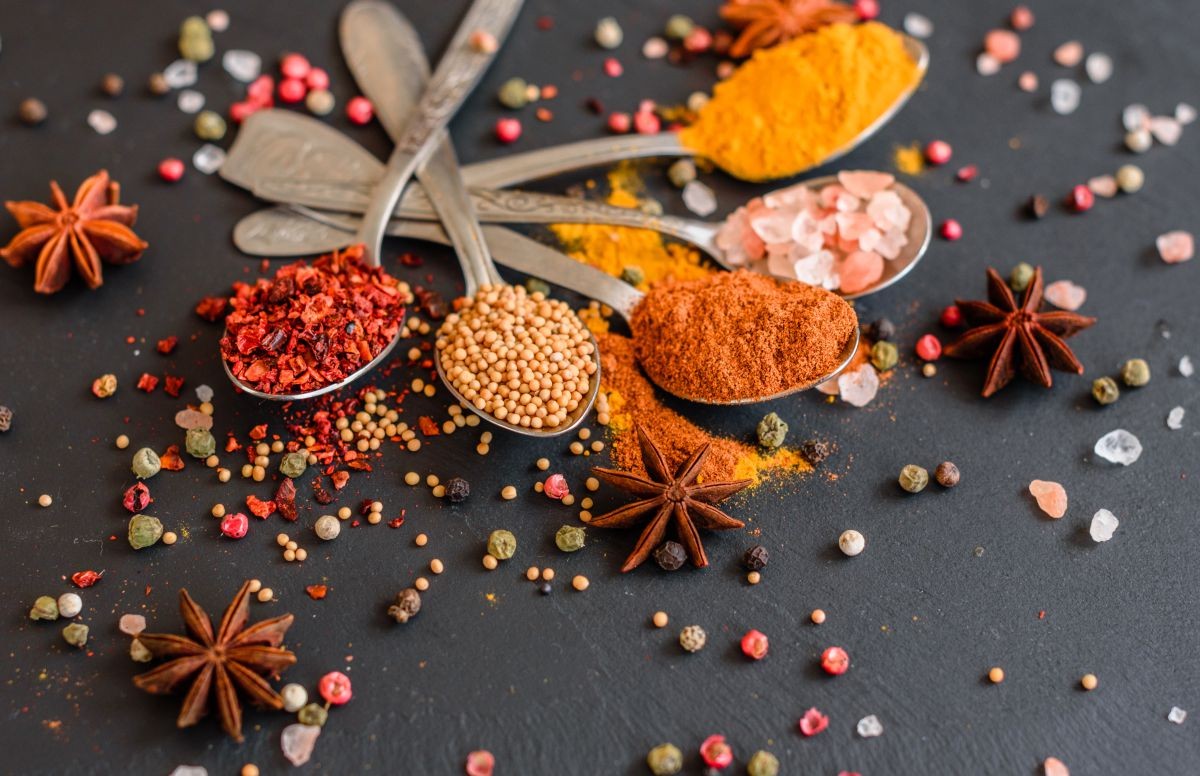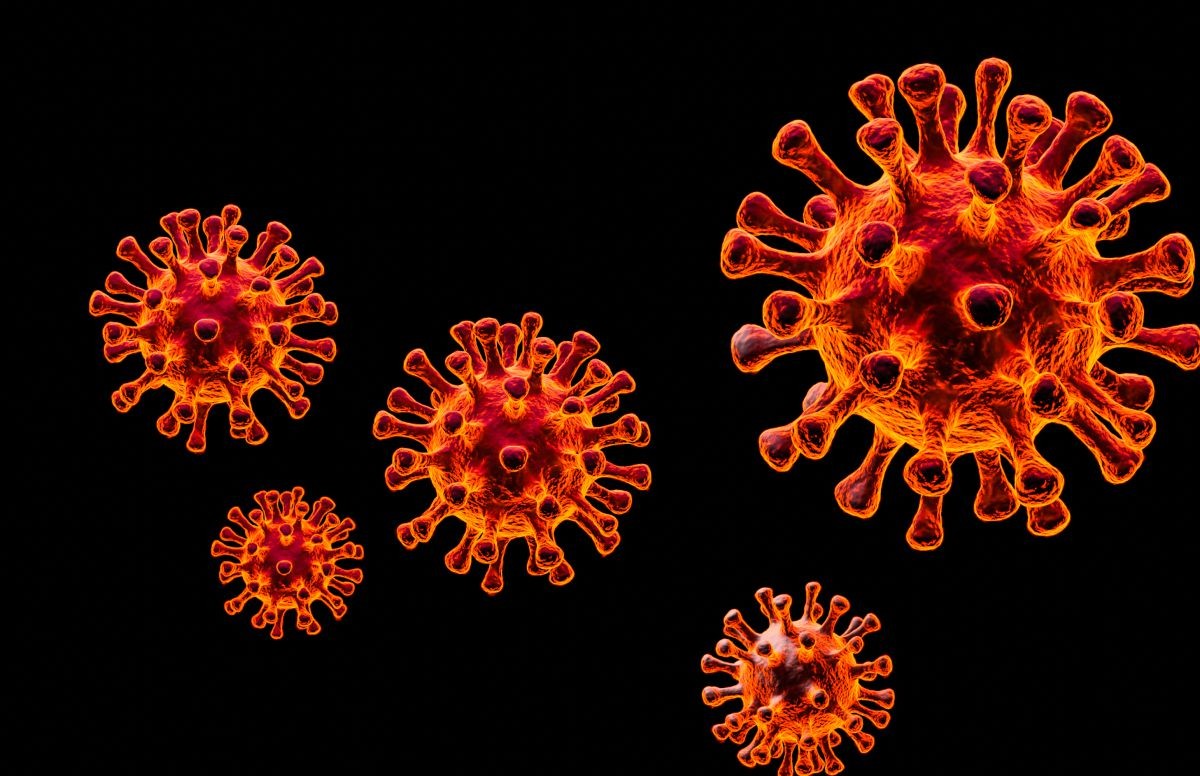
Created by - Dr. Prashant Raj
What is Heart Failure? Causes, Symptoms, Risk, Treatment
One in every five heart attack patients is now under the age of 40. Heart attacks are becoming more common in people in their 30s and 40s due to lifestyle factors, diet, and genetic issues. Increased stress is another risk factor that has become a major cause of heart attacks, particularly during this pandemic.Not everyone experiences the same level of severity of symptoms. However, warning symptoms may appear hours, days, or weeks before the event. Angina (chest pain) is the first and most common symptom, which can be brought on by exertion and relieved by rest.Some common symptoms of heart attack are· Pressure, tightness, or pain in the chest or arms spreading to the neck, back, or jaw· Abdominal pain, nausea, and indigestion· Dizziness and fatigue· Breathing difficulty· Cold sweatCertain factors may play a key role in a person's development of heart disease. Some are curable and controllable, while others are not. Some risk factors are inherited (hereditary), while others are caused by a sedentary lifestyle. Some of the most common risk factors for heart attacks include high blood pressure, obesity, cholesterol, smoking, and tobacco use.A healthy lifestyle can help us reduce the risk of heart attack. Healthy heart habits include: · A heart-friendly diet and a reduction in processed food intake· Daily exercise and optimal physical activity· Avoiding tobacco use in any form· Reduction in alcohol consumption· Routine preventive health check-ups· Stress reduction through yoga and other recreational activities. · Aware with the signs and symptoms of heart disease.
More detailsPublished - Sun, 15 May 2022

Created by - Dr. Prashant Raj
Why We Should Adopt These Ancient Food Practices.
Indians have a long history with food, spices, traditional cooking methods and some old beliefs. This is the reason behind our ancestors were neither sick nor used to be so sick at that time because their habits were not as advanced as our habits, some of their small habits which we have grown up listening to, like "don't go out with empty stomach", not talking while eating, all these things are much more than a good etiquette. In fact going back to all these habits can affect our health in a good way. Siting on the floor while eating :- In accient time there were no dining table at all, our ancestors used to sit on the floor and eat. According to experts, in India, sitting cross-legged on the floor while eating is usually a yoga pose called Sukhasana, which is used to massage the abdominal muscles, increase flexibility and promote circulation in the lowe body. So don't sit on the dining table or on the sofa while eating. Eating food with hands:- Ancient scriptures recommend eating food by hand. According to ayurveda, man not only eats food by introducing his senses of taste, but all his senses start working as soon as your hand touches the food, makes a posture even while picking up the food with hand, to keep your prana under control your Sensory organs are activated. The direct connection of your skin with your food also activates the brain signals for releasing digestive juices, helping in the digestion process. Cooking in earthen utensils:- Cooking in clay pots: Our ancestors used to cook food in earthen pots as plastic, steel and aluminum were not available much at that time. But this was not the only reason. Cooking in earthen pots adds calcium, phosphorus, iron, magnesium, sulfur and many other minerals to the food. Earthen pots are also alkaline in nature so they mix well with acidic food and also balance food pH level. Cooking in earthen pots does not develop fatal diseases like cancer etc.
More detailsPublished - Sun, 15 May 2022

Created by - Dr. Prashant Raj
Healthy Habits for a Longer and healthier Life.
These days everyone wants to live a long, happy, successful and healthy life. But in the pursuit of success somewhere, we often take shortcuts with our health and also we are not able to take care of ourselves properly, due to which we suffer from various diseases and disabilities which we can easily avoid by changing some of our habits. So let us know about 4 such habits, by following them we will be able to live a healthy or longer life. 1). Get your exercise daily - The health benefits of regular exercise and physical activity are hard to ignore. According to the National Cancer Institute, regular exercise helps to control weight, maintain healthy bones, muscles or joints, and reduces the risk of high blood pressure, heart disease, and diabetes. 2). Always eat breakfast – According to a research, people who eat breakfast in the morning are more healthy because they take more vitamins and minerals in their breakfast and less fat and cholesterol. Eating foods rich in fiber and protein makes you feel full and energized.3). Get proper sleep – Sleep is very important for us. Whenever we sleep the brain removes the debris of the day's work while resetting and restoring neural networks so that they can function well when we wake up. We all know many caused by lack of sleep – such as drowsiness, fatigue, lack of attention and forgetfulness. But the consequences of sleep deprivation can go far beyond these, and possibly have long-lasting effects on your brain. A recent study from Italy suggests that persistent lack of sleep can cause the brain to start destroying itself. That's why getting a proper sleep is very important for your health. 4). Stay hydrated - Drinking enough water is very important because every cell, tissue and organ in our body needs water, Our bodies require per day eight 8-ounce glasses of water.
More detailsPublished - Mon, 16 May 2022

Created by - Dr. Prashant Raj
6 Amazing health benefits of dairy-free products.
Non dairy product means dairy-free product in which dairy ingredients was completely absence of all product ingredients, including lactose. While non-dairy refers to products that contain a milk derivative. You can not find dairy items in non-dairy product like non dairy protein shakes, non-dairy creamer, and non-dairy cheeses etc. Benefits of Dairy-Free (non dairy) product:-· Happier skin. Eliminating dairy can lead to drastic improvements in your skin condition.· Happier stomach.· Avoid hormones and antibiotics.· The chance of environmental impact is lower.· Save the cows.· Guilt-free deliciousness product. List of 10 non dairy product for your healthy life.. · Chia seeds. · Soy milk.· Almonds. · Dried figs.· Tofu. · White beans.· Sunflower seeds. · Broccoli rabe.· Kale.· Edamame.
More detailsPublished - Mon, 16 May 2022

Created by - Dr. Prashant Raj
OUTBREAK OF DENGUE FEVER
Dengue fever has become a major concern in India in the last decade. Dengue fever was reported in over 1.9 lakh cases in 2021. Dengue fever, also known as break-bone disease, is a vector-borne disease that can be very painful and even fatal. It is spread by Aedes mosquitos. Yellow fever, Zika virus, and chikungunya are all spread by mosquitos.Dengue fever begins with a severe headache, pain behind the eyes, muscle and joint pain, abdominal pain, vomiting, and occasionally bleeding. Mild dengue symptoms can be confused with those of other infections that cause fever, aches, pains, or a rash.High fever without warning, which usually appears four to six days after infection and can last up to ten days Chronic headaches, Pain in the back of the eye, Excruciating joint and muscular pain Nausea or fatigue Vomiting and a rash appear two to five days after the fever begins.TreatmentDengue fever has no specific treatment; however, patients who have been diagnosed should rest, stay hydrated, and seek medical advice. Fever reducers and pain relievers are commonly prescribed to patients to alleviate muscle aches and pains as well as fever. NSAIDs (non-steroidal anti-inflammatory drugs), such as ibuprofen and aspirin, should be avoided, according to the WHO, because they can cause haemorrhage.Prevention• Stagnant water should be removed at least once a week from plastic containers, buckets, used automobile tyres, water coolers, pet watering containers, and flower vases, among other places.• To prevent mosquito breeding, larvicides should be used in water storage containers that cannot be emptied, and all water storage containers should be covered with a lid.• To avoid mosquito bites during the day, use aerosol and other repellents.• People should wear clothing that covers their arms and legs and use mosquito repellents during dengue season (rainy season). • When sleeping during the day, mosquito nets or repellents should be used.
More detailsPublished - Tue, 17 May 2022

Created by - Dr. Prashant Raj
Benefits of Ayurvedic and Traditional foods of Indian origin
The Ayurvedic diet is an eating plan based entirely on the principles of Ayurvedic medicine, and is a form of traditional medicine dating back thousands of years. This diet involves adding when eating certain foods based on your dosha, or body type, the plan claims to promote weight loss and support mindfulness. Traditional Indian food has been around for many years and varies from place to place across the country. Traditional knowledge about food processing, its preservation techniques and their therapeutic effects has been established in India for generations. Benefits of the Ayurvedic Diet.· the Ayurvedic diet has specific for dosha guideline, the diet encourages eating whole foods like fruits, vegetables, grains, and legumes. · Could promote weight loss. · Promotes mindfulness. Some Ayurvedic food- · Sprouted whole grains.· Whole grains.· Fresh fruit.· Land and sea vegetables.· Pure fruit juices.· Nut and seed milk.· Cheese.· Legumes. Benefits of Traditional Food.· Less calories - helpful for weight management. · Less saturated fat -- better for your heart. · More lean meats and fish. · More iron -- better for your muscles and blood development. · More zinc -- better for fighting infection.Some Traditional food- · Misal Pav · Makke ki Roti or Sarson Saag· Kosha Mangsho· Dhokla · Rogan Josh · Pongal.· Papaya Khar. · Litti Chokha.
More detailsPublished - Tue, 17 May 2022

Created by - Dr. Prashant Raj
Healthy Adolescence with the help of healthy nutrition.
Adolescence is a serious period for physical growth and sexual maturation. Nutrition being a crucial determinant of physical growth of adolescents is also an important area that needs attention. Growth retardation is one altogether the foremost important health concerns for adolescents and their parents furthermore as health care workers. A diet is one that has all nutrients (carbohydrates, proteins, fats, vitamins and minerals) in required amounts and proportions for maintaining health and general well being and also makes a tiny low provision for extra nutrients to line near to short duration of leanness. it's achieved through a mix of 4 basic food groups, i.e., carbohydrates, proteins, fats, vitamins and minerals. As these are present in numerous kinds of food items like dals, chapati or rice, green vegetables, easily available fruits and milk it's vital to eat these food items within the correct mix every day. Eating right and nutritious food during adolescence.· Food selection relies mainly on availability, convenience and time, instead of food value.· Missing meals and snacking are quite common.· Fast food joints are mainly patronized by adolescents. These habits spoil the appetite for normal meals and are high on calories and low on nutrients.· Helps in achieving zoom and full growth potential.· Helps in timely sexual maturation. Ensures adequate calcium deposition within the bones and helps in achieving normal bone strength · This prevents obesity, osteoporosis (weak bones thanks to deficiency of calcium), and diabetes in later life.
More detailsPublished - Tue, 17 May 2022

Created by - Dr. Prashant Raj
4 Benefits of Yoga Supported by Science.
While modern media and advertising may have us think that yoga is all about physical poses, the whole thing of yoga includes a large range of contemplative and self-disciplinary practices, like meditation, chanting, mantra, prayer, breath work, ritual, and even selfless action. Yoga asana is that the physical practice and postures of yoga.The research project into yoga’s benefits continues to be somewhat preliminary, but much of the evidence up to now supports what practitioners seem to own known for millennia: Yoga is incredibly beneficial to our overall well-being. Let’s have a look at 4 benefits of yoga in greater depth.1. Yoga improves flexibilityIn 2016, two of yoga’s leading organizations, Yoga Journal and Yoga Alliance, conducted a worldwide survey watching a range of statistics about yoga in an endeavor to quantify its value amid ever-increasing popularity.Yoga seems to be helpful for improving flexibility in adults also ages of 65 and above. flexibility could be a natural a part of aging, and a 2019 study found that yoga both over-involved loss and improved flexibility in older adults. 2. Yoga may reduce inflammationOften, the precursor to illness is chronic inflammation. cardiopathy, diabetes, arthritis, Crohn’s disease, and plenty of other conditions are linked to prolonged inflammation.One review examined 15 research studies and located a typical result: Yoga — of assorted styles, intensities, and durations — reduced the biochemical markers of inflammation across several chronic conditions.3. Yoga will likely increase your strengthWhile most of the people associate yoga with stretching and suppleness, some kinds of yoga classes can even be considered strength-building. It just depends on the category level, approach, and teacher. This makes yoga asana a multimodal sort of exercise. Yoga’s effectiveness at building strength has been studied in several specific contexts — as an example, because it pertains to people with carcinoma, older adults, and youngsters.Another study conducted on air force personnel found yoga to be a good strength-building practice across many age groups of healthy participants.4. Yoga may boost immunityWhen your immunity is compromised, you’re more vulnerable to illness. However, as discussed earlier, yoga is taken into account a scientifically backed alternative treatment for stress.The research continues to be evolving, but some studies have found a definite link between practicing yoga (especially consistently over the long term) and better system functioning. This is due partially to yoga’s ability to fight inflammation and partly to the enhancement of cell-mediated immunity.
More detailsPublished - Wed, 18 May 2022

Created by - Dr. Prashant Raj
Latest data on three COVID variants
Among the various unknowns surrounding long COVID is that if and the way the condition may arise with different SARS-CoV-2 variants.New statistical bulletins from the U.K. Office for National Statistics (ONS) take a glance at the chance of COVID at the long run after an initial infection compatible with the Delta, Omicron BA.1, and Omicron BA.2 variants. This analysis focused on individuals who haven't previously experienced a SARS-CoV-2 infection and compared double-vaccinated with triple-vaccinated individuals. The analysis founds that within the triple vaccinated individuals, there was no statistically significant difference within the risk of long COVID among the considered variants. Double-vaccinated individuals with initial infections compatible with the Delta variant were 50.3% more likely to report long COVID symptoms than those that experienced COVID-19 with the Omicron BA.1 subvariant.The data also found that the chance of long COVID in those whose infections were compatible with Omicron BA.1 and BA.2 wasn't quite the identical. The bulletin’s authors socio-demographically adjusted the info to eliminate as many potentially confounding variables as possible before performing their final calculations.
More detailsPublished - Wed, 18 May 2022
Search
Popular categories
Latest blogs

All you need to know about Syphilis
Tue, 15 Nov 2022

What is Pemphigus Vulgaris?
Tue, 15 Nov 2022

Know about Scorpion Stings
Sat, 12 Nov 2022
Write a public review